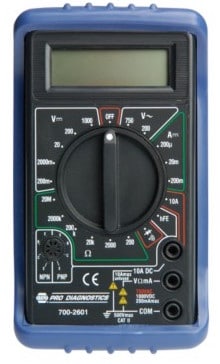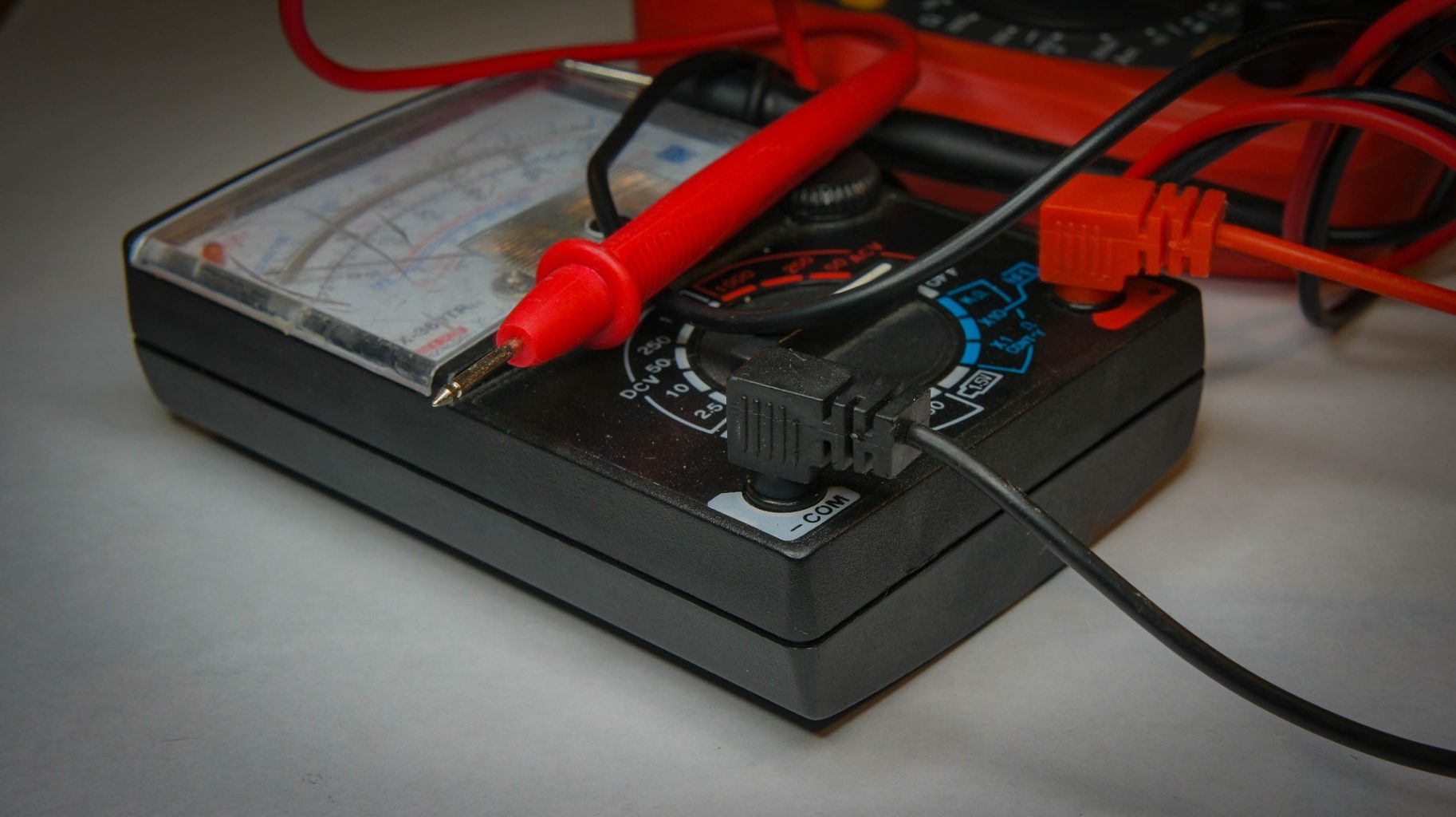A battery is one of your car’s essential components – most importantly, it provides the charge to fire up the engine, and without it, your car wouldn’t start at all. With that in mind, you’re sure to want to keep your battery in good shape.
It’s important not to let your battery run down completely, but you’ll also want to know what kind of condition it’s in even if it’s not completely dead – so when it comes to testing it, you’ll need to know the answer to the question, how many volts is a car battery?
If you are looking for a preview of some of the things we are going to be talking about, you can check out this video before reading on. It also demonstrates how to test a car battery using a multimeter, something we will talk more about below.
How many volts is a car battery?
Voltage represents motivation, or the way electrons are moved from one point in the circuit to the other. How many volts is a car battery?
Car batteries are 12v batteries, but you might be surprised to discover that if you test one, you shouldn’t get a reading of 12 volts. In fact, if the reading tells you 12v, your battery is more or less empty.
So, a healthy, fully charged battery should give you a reading of around 12.5-12.6v when the engine is not running.
With the engine running, on the other hand, you should get a reading of 13.7-14.7v.

How can you test your car battery’s voltage?
A voltmeter is useful for measuring voltage, and it’s easy to use. Just connect the positive end of the voltmeter to the battery’s positive terminal, and connect the negative end to the negative terminal. In addition to gauging the battery’s strength while the car is running, you’ll also want to test its performance under load — when you’re starting your car. The connected voltmeter will register a lower number, which reflects the amount of power available to start the car
Since you are expecting a reading in the range of around 12-14v, take the multimeter and set it to 20 DCV (for readings of 0-20v).
Next, touch the negative terminal of the battery with the black lead and the positive terminal with the red lead. You will then be able to see the battery’s voltage on the readout of the multimeter.
If you see a negative reading, this simply means you have got the leads the wrong way around and are touching positive to negative and negative to positive – so switch them round and touch them onto the opposite terminals!
Again, you should be looking for a voltage of around 12.4-12.6v – anything less than this tells you that the battery is not fully charged.

How to test without a multimeter?
There’s still a way of testing your battery if you don’t have multimeter. It won’t be as accurate as using a multimeter, but in a pinch, it can tell you if your battery or your car’s electrical system will be likely to fail on you soon.
To simply test, start your car, and while it is idling, turn on the headlights. If they are dim, this indicates that the lights are drawing charge from the battery rather from the car’s alternator as they should be.
If revving the engine increases the brightness, it tells you that some charge is being drawn from the alternator but not enough to light them while the engine is idling.
Either of these signals that there is a problem somewhere that needs to be addressed.
What you want is headlights that are bright and constant when idling as well as when revving the engine – this tells you that everything is functioning as it should.

When to replace your car battery?
While a low meter reading is a strong indicator of battery distress, a drained battery — perhaps the result of lights being left on for several hours after turning your vehicle off — could lower the readout as well. Moreover, if you’re running many accessories at the same time, that will drain the battery as well.
To remedy a weak battery, simply run cables from the distressed battery to a strong one. Keep the batteries connected for a few minutes to ensure enough power is transferred, and then use the voltmeter to gauge the battery’s strength. If it remains weak, then it may be time to replace your car battery.
